Reportar esta entrada
Más sobre la misma comunidad-colección
Sgt. Carr And His Platoon - 1910 - 1919
This is the Virginia Cavalry, at drill. The closest horses are ...
H.E. Featherstone at Gordonsville, Virginia
Featherstone in front of his tent at the camp in Gordonsville.
Blakeley, Bourne, Watkins, and Jones
These soldiers are probably part of the Richmond Light Infantry, ...
Captains Hewitt and Puller, Virginia Cavalry
Two officers from the Virginia Cavalry serving on the border.
My tent at Gordonsville, Virginia
Drill camp for the Richmond Light Infantry. Apparently laundry ...
An officer of the Richmond Light Infantry
This photographs is probably from the Gordonsville encampment.
Evans, Epps, and Jones in Catalina, California
The Richmond Light Infantry traveled to California in 1915.
A dirty crowd at Montgovery, West Virginia
This is the Richmond Light Infantry,probably on route to ...
Featherston at training camp in Alabama
The Virgina Cavalry may have gone to training camp in Alabama ...

















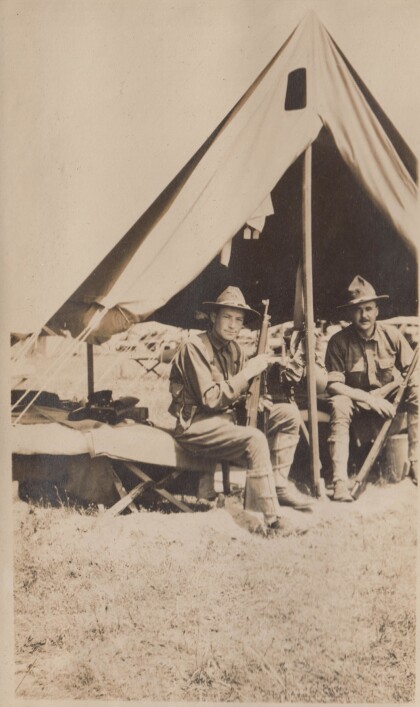
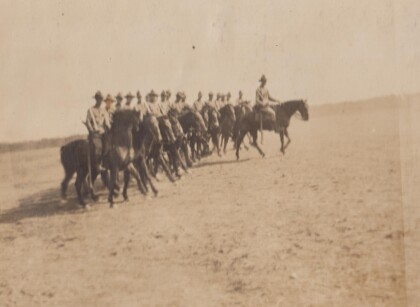
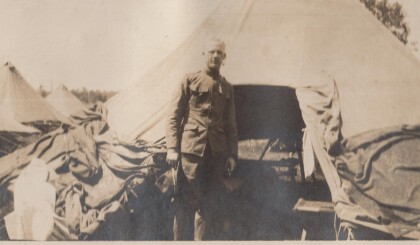
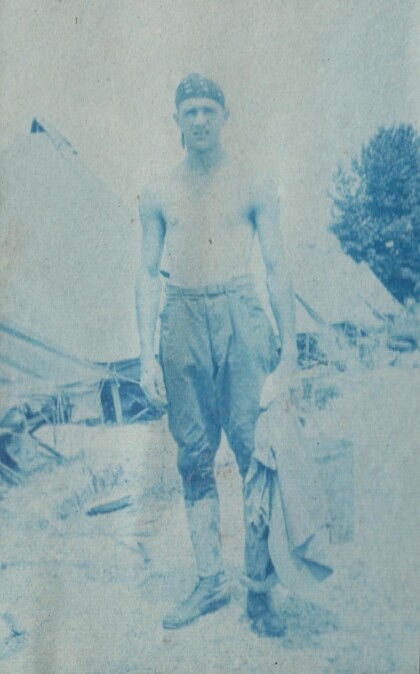
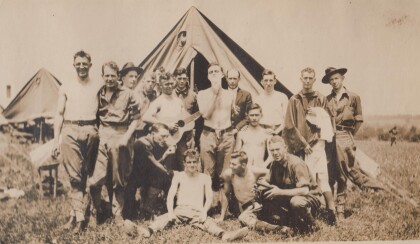
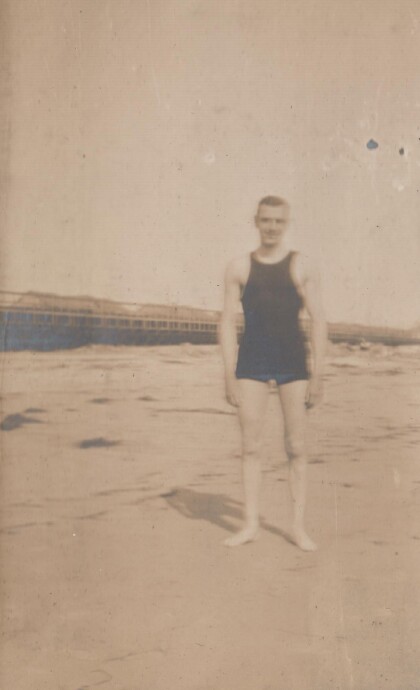
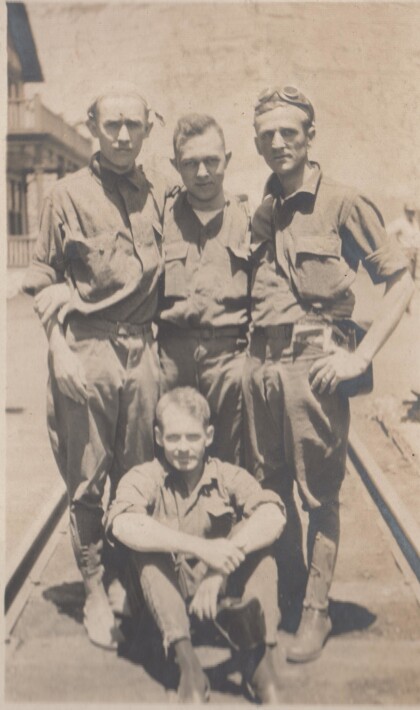
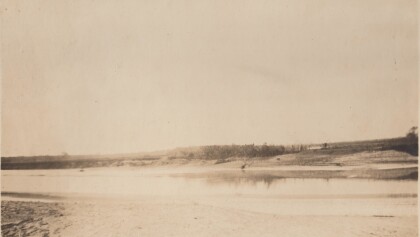
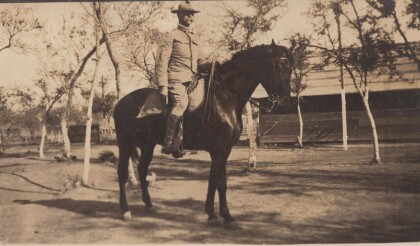
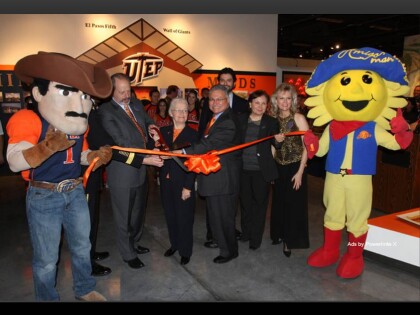
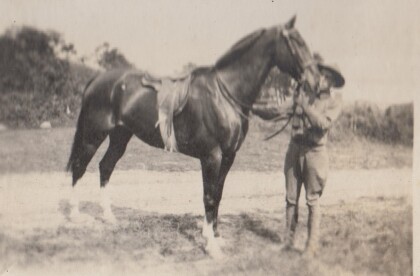
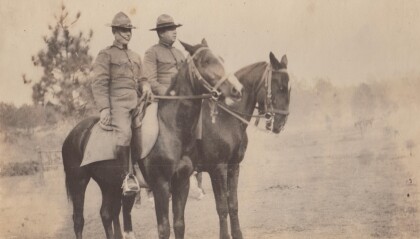
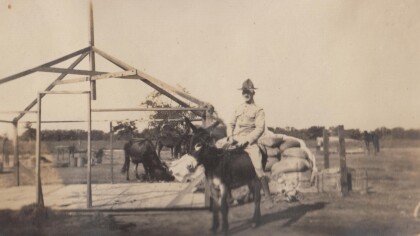
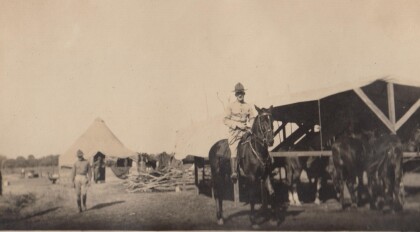
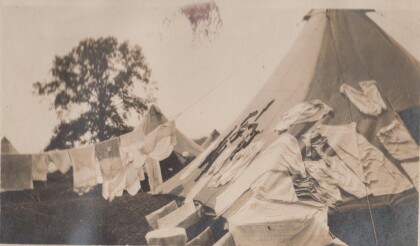

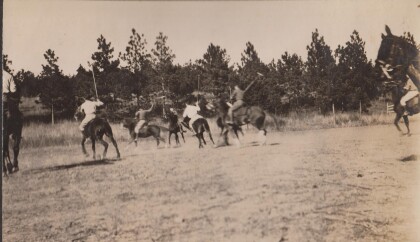
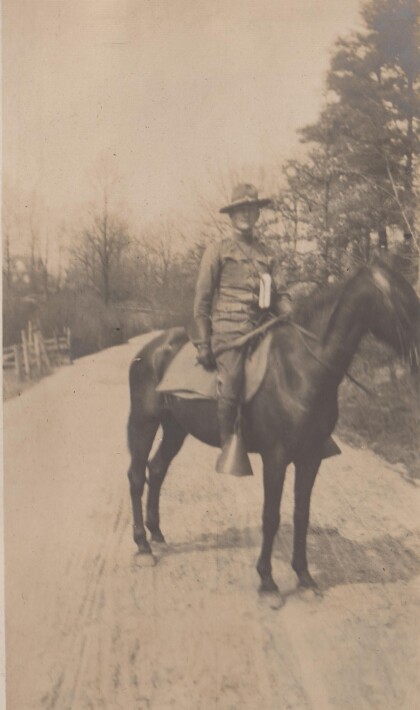
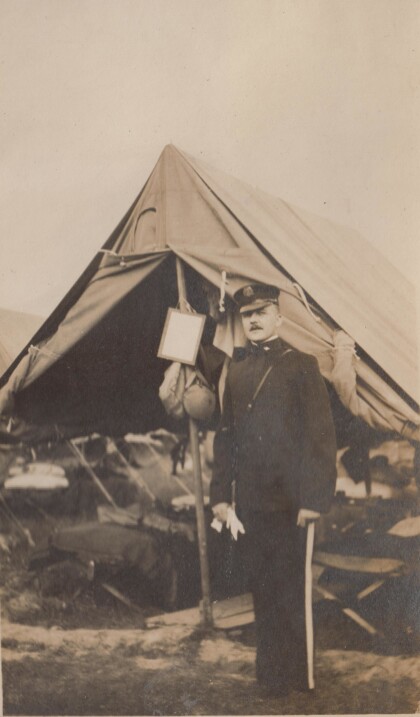
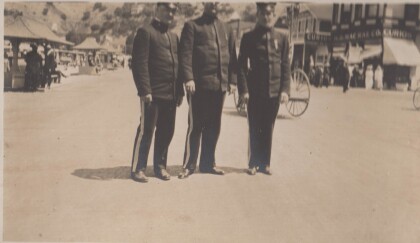
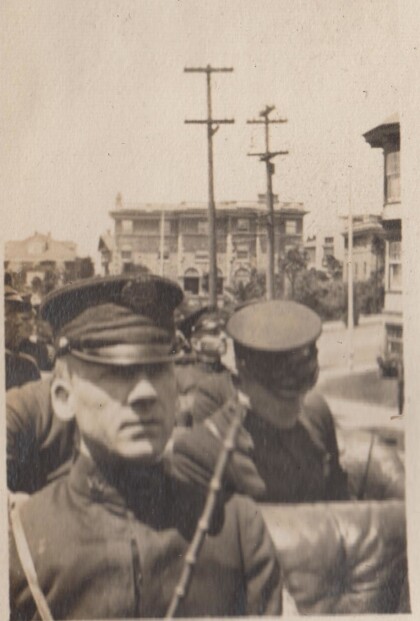
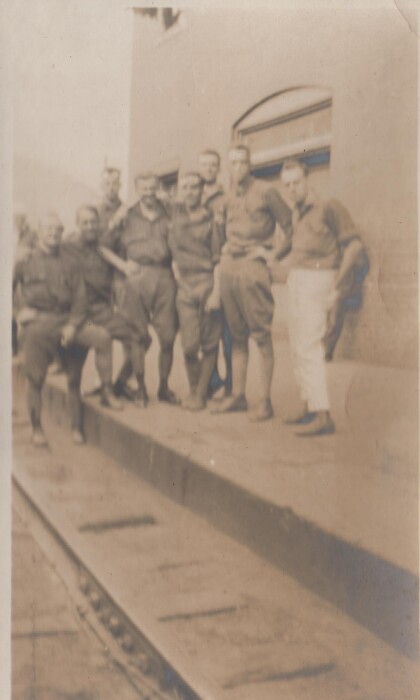
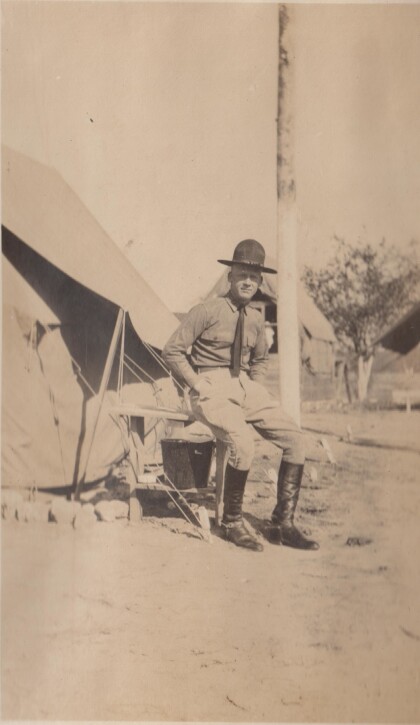
Comentarios
Hacer un comentario